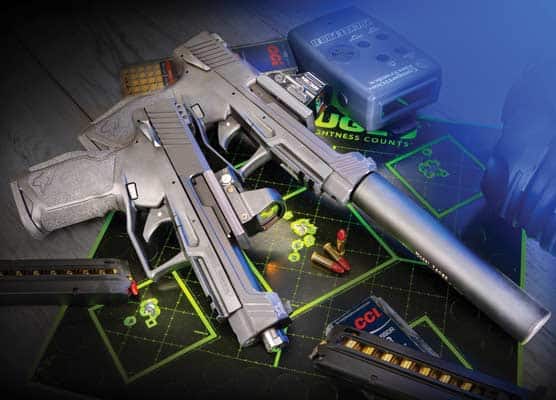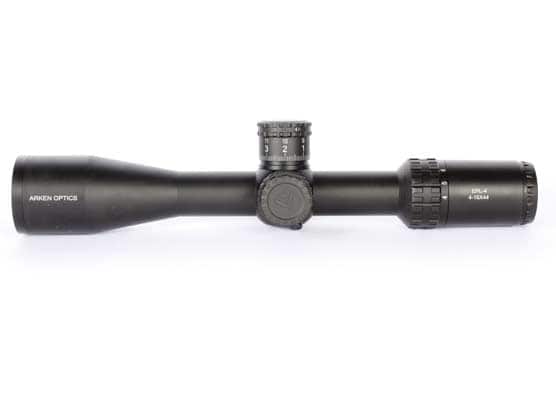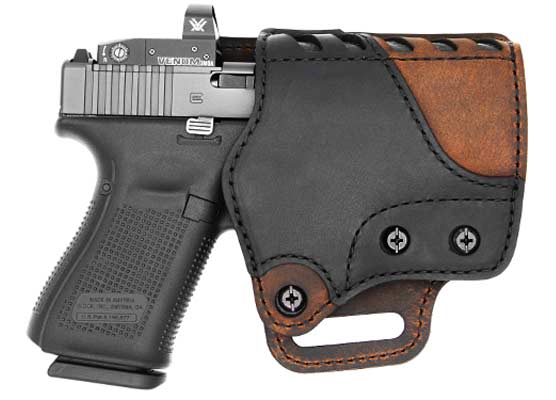Rangefinding Binoculars
Now is the time
Light has ever made life more interesting. In Egypt as early as 1300 B.C., polished bronze disks served as mirrors. A thousand years later, the Greek mathematician Euclid came to roughly understand reflection. About 14 hundred years later, an Arab named Alhazen came up with a theory describing how reflected light behaves. It was too late to save young Narcissus, who according to Greek mythology grew too fond of his own appearance in a pool. He tried to touch it, fell in and drowned.
Real Science
Not until 1300 A.D. did glass and metal join up as a mirror, in Venice. Light drew more attention after 1590 when a Zacharias Johnson claimed to have built a microscope. Legend has it one day in 1608 Dutch spectacle-maker Hans Lippershay accidentally lined up two lenses on a distant weathercock. Suddenly the iron chicken looked as big as a cow! The next year, Italian astronomer Galileo Galilei built his first telescope. Light passing through its convex front lens and concave rear lens converged behind the instrument. Johannes Kepler changed its design so convergence happened inside. He didn’t bother to right the image with an erector because stars have neither top nor bottom. In 1668 Sir Isaac Newton designed a telescope using mirrors instead of lenses — as do observatory telescopes today.
Had the curious stopped exploring light after only 300 centuries, we’d still be held to iron sights.
Optical advances over the last 150 years coming at breakneck speed have yielded all we know as sporting optics. Meanwhile, laser-ranging binoculars date only to 1992 when the new Leica Geovid appeared in Popular Science. It read range to 1,500 yards, cost $6,000 and weighed as much as a pet raccoon. In 2004 and 2005 it gave way to the Geovid B, equally capable but lighter, more compact, less expensive. An HD version with fluoride glass came in 2009. Eight years later the Geovid HD-B ranged to 2,200 yards and featured ABC — Advanced Ballistic Compensation — essentially a computer assist tapping ballistic and environmental data to help you hit far away. Leica kept an “R” version of the Geovid as a no-frills laser-ranging binocular. With a reach of 1,200 yards, it now sells for $1,599. The HD-R reads to 2,700 yards, costs $2,599. Leica’s Geovid 3200 HD-B (with the ABC absent in the R) adds 500 yards for $400 more.
Magnesium frames keep weights of 8×42 and 10×42 Geovids to about 35 oz. A gentle sweep in barrel profile belies its Perger Porro-prism design. The HD-B is easy to mistake for a roof-prism glass.
As did its predecessors at their debut, the current Geovid astounds the uninitiated. Instant updates come pell-mell as distance changes with a moving animal. Pick from 12 bullet arcs on a microSD card, or use your data to adjust for a center hit. Powered by a 3-volt Lithium CR2 battery, the Geovid HD-B yields 2,000 range reads at 68 degrees F. It also registers temperature and barometric pressure and computes aim for steep shots. It’s a field-worthy glass too. Lenses are phase-corrected; outside glass has Leica’s AquaDura coating to shed water. Functional at temperatures down to -13 degrees F, it’s submersible to depths of 16 feet. The HD-B display adjusts automatically for brightness.
Yes, the Geovid drew competition — Zeiss with its Victory RF, Swarovski with its EL Range. The Victory RF comes in 8×54 and 10×54 versions (38 oz.), as well as 8×42 and 10×42 (32 oz.). At 31 oz., the EL Range is just 3 oz. heftier than EL 10x42s without laser capability. Fast-pitch focusing brings you from near-to-far in two spins. Prisms are flat to 1/100,000 of a millimeter; angle tolerance: 1 ½ seconds. Like the current Geovid, the EL Range is of open-bridge design.
But what if your taxes aren’t all returning as Covid relief? Three grand for a new binocular could sting. Well, two new laser-ranging models halve the pain. Both come in 8×42 and 10×42 versions.
Competition Arises
SIG’s Kilo 3000 BDX scales 31 oz. and ranges animals to 2,000 yards. In scan mode, it gives you four range updates per second. The CR2 battery is good for 4,000 reads. Generous 18mm eye relief makes for quick glassing in cover and reduces eye fatigue during extended sessions. An onboard ballistics calculator can send trajectory data via Bluetooth to a BDX rifle-scope, for hits with dead-on aim. Street price for the SIG Kilo 3000 BDX is about $1,320.
Meopta’s Optika LR 10×42 HD weighs 32.6 oz., reads non-reflective targets to about 2,000 yards. Similar in size and feel to the SIG, it also has a closed-bridge magnesium frame. It’s electronically adept, gives quick reads and fetches about $1,500. With slightly slimmer barrels than the SIG, the Meopta feels better to me in hand. But that’s of little import; both have properly “grippy” armor. Both boast big ocular glass, too (22mm for the SIG, 23mm for the Meopta). Both have twist-up eye-cups. Focus wheels smoothly deliver sharp images as close as 8 feet for the SIG, 11 feet for the Meopta.
I’ve used these laser-ranging binoculars, as well as their more costly brethren —expected disparities are hard to spot. While a higher price can reflect better component quality and features adding versatility, not all such advantages are obvious. “Few people can see the difference between 91% and 94% light transmission,” an optical engineer once told me. “Sure, you want the brightest image; but at what cost?” Also, the price of the revolutionary drops as it becomes pedestrian. Competition bleeds profit margins before it prompts cost-cutting that affects performance. High-quality images in binoculars have become ever more affordable. Laser ranging is on the same track. If you’ve been put off by the high price of laser range-finding binoculars, now is not the time to stop shopping!











